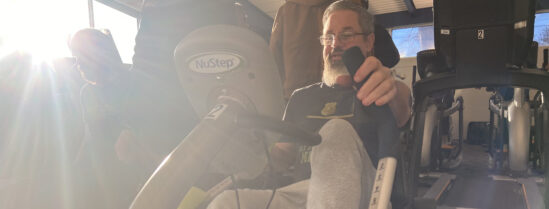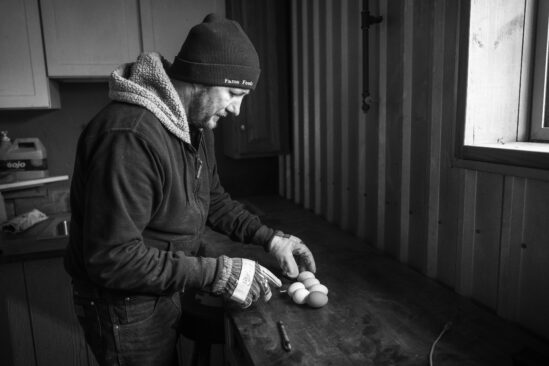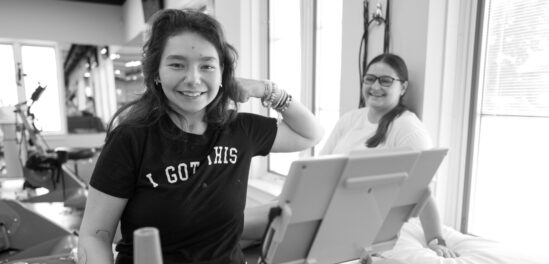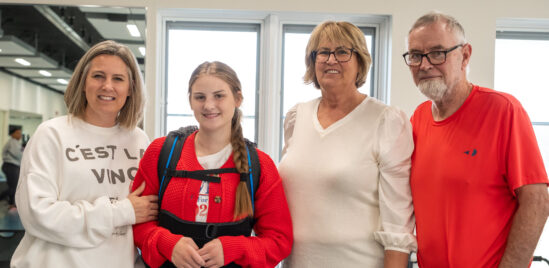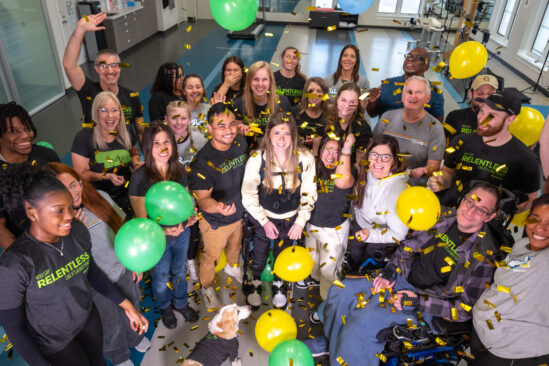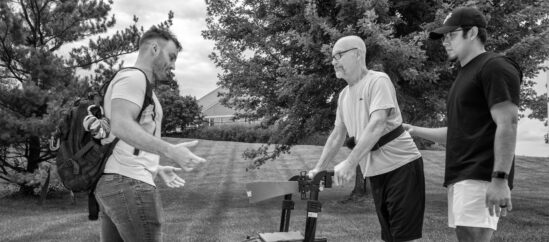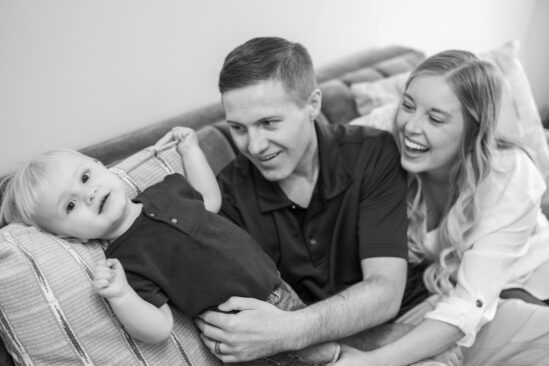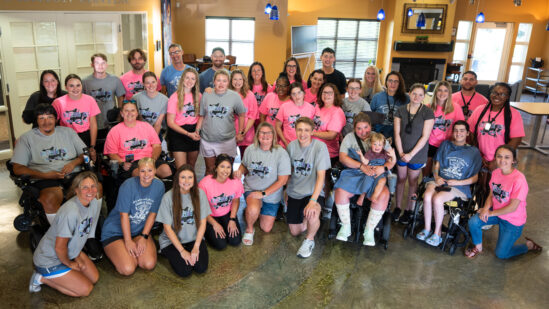“Complete disability.”
That’s the term most commonly used by severe chronic pain sufferers to self-report their level of impairment. When a case of intense pain weathers on through months and years, it surpasses description as a simple setback, annoyance, or inconvenience. For millions of men and women in the United States, the battle against chronic pain elbows out every vital aspect of life.
Stacked on top of this quagmire is a secondary issue, an exacerbating circumstance: the medical industry’s overreliance on prescribing opioids to treat chronic pain.
For a time, opioids work. A pain sufferer might report their ailments receding. But soon, pain slithers back. A familiar, defeating, exhausting return. Opioid dosages grow in response. Additional prescriptions combat the multiplying side-effects of long-term opioid use. Following months under heavy medications, the person remaining is barely a person at all. Locked in an opioid fog, desperate to avoid any twinge of pain, the totality of an individual’s function and activity sees dramatic reduction. The meaningful roles they need to fulfill each day—as an employee or as a spouse or as a parent—go unattended, neglected.
What begets is a cycle of self-destruction, a spiral of depressive hopelessness and immobility.
—
That immobility represents the starting block for QLI’s Pain Rehabilitation Program, an 8-to-12 week inpatient program that targets a pair of deceptively straightforward objectives. Not only does the program aim to treat the physical and emotional aspects of an individual’s chronic pain, it also builds the bridges necessary for the individual to return to an active, positive, and constructive lifepath.
Ultimately, chronic pain is a diagnosis whose treatment requires intense attention be paid to an individual’s physical wellness, psychological health, and behavioral function. To ever begin this process, QLI establishes a stark and powerful core pillar for the program, perhaps its single greatest differentiator: every participant of QLI’s Pain Rehabilitation Program completes it 100% opioid free.
And that is only phase one.
While many chronic pain management continuums offer often-limited weaning services, QLI’s no-opioid line in the sand exists as a fundamental building block. Only after an intensive two-week taper period concludes can the program’s work begin in earnest, and only after opioids are completely eliminated from the equation can a holistic pain management program be effective.
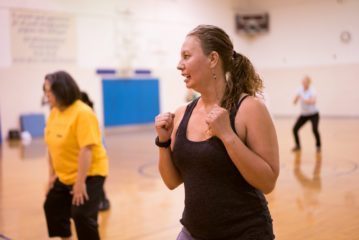 “That’s a critical period for us to establish an active foundation,” said Megan Potter, one of QLI’s Coordinators of Physical and Occupational Therapy Services.
“That’s a critical period for us to establish an active foundation,” said Megan Potter, one of QLI’s Coordinators of Physical and Occupational Therapy Services.
“We pack those first few weeks with activity. Mitigating a lot of downtime also mitigates the immediate negative effects someone experiences while tapering.”
It’s the advantage of QLI’s inpatient approach. On QLI’s campus, participants avoid the common pitfalls of traditional outpatient or by-appointment programs. Here, the recovery never stops. Clients might participate in eight hours of intensive therapy programming each day, but after hours downtime is carefully managed by QLI’s ever-present residential team as well—a critical tool for a population adversely affected by sedentary lifestyles.
Every participant benefits from the enthusiastic involvement of small, tightly knit team of clinical experts who, together, build the skeleton of a recovery plan. Team members coordinate with—and often overlap—each other in practice, transcending typical “interdisciplinary” pain program structures for a more transdisciplinary approach. Physical therapists combine efforts with adaptive sports specialists, who operate in concert with QLI’s psychology team to incorporate essential family or support elements. Nearly everything an individual performs over the course of a day in QLI’s program is the product of our teams operating in unison.
Structurally, this is a vision for rehabilitation that QLI has refined and specialized over nearly three decades. But the most relevant trait the program shares with QLI’s other services is its relentless culture of positive growth. To cultivate the maximum possible growth beyond the binding restrictions of chronic pain, treatment plans must be individually tailored to meet the specialized needs and values of each participant.
And therein lies the operative word: value.
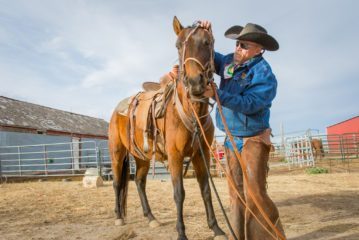 From day one to the follow-up appointments made several years post-discharge, QLI’s team keeps each client’s personal values rooted to the center of any and every decision. Take, for instance, an individual’s responsibility to be an active parent, hoping to make it through a game of catch in the yard without being debilitated by pain; picture a man or woman unable to attain regular employment. Deeply personal values—roles, responsibilities, and passions to which chronic pain sufferers assign enormous worth—become necessary waypoints for the team. Restoration plans, and their respective modes of execution, reflect these values in each moment.
From day one to the follow-up appointments made several years post-discharge, QLI’s team keeps each client’s personal values rooted to the center of any and every decision. Take, for instance, an individual’s responsibility to be an active parent, hoping to make it through a game of catch in the yard without being debilitated by pain; picture a man or woman unable to attain regular employment. Deeply personal values—roles, responsibilities, and passions to which chronic pain sufferers assign enormous worth—become necessary waypoints for the team. Restoration plans, and their respective modes of execution, reflect these values in each moment.
“One of the questions we ask pain participants right away,” says Kiely Madhavan, one of QLI’s lead neuropsychologists, “is, ‘What are the most important aspects of your life you want to get back to?’ This gives us enormous insight, like a compass, into how the team moves forward.”
Interweaving the values relevant to an individual’s identity into day-to-day therapy creates motivational rocket fuel. It improves performance in traditional therapy and emboldens the individual’s emotional well-being.
In the vacuum left behind by an intensive taper, value-driven activity and value-driven therapy provide something opioids never will.
Purpose.
And as a result, chronic pain transforms. No longer is it a life-changing deterrent that strangles all activity and hope. Instead, it is a manageable inconvenience. Purpose gives a pain sufferer the power to live through their ailment, not in service of it. Purpose generates the opportunity to live beyond pain.
At the end of this process, when participants begin to make the transition home, the QLI Pain Rehabilitation Program continues to ply enormous influence.
“It’s easy to function in an environment of high stimulus,” says Madhavan. “The hard part is getting that success to transition to the original home environment.”
 Like the rest of the program, the transition process is suited for a client’s individual circumstances and needs. In some cases, this has meant managed home visits in locations across the country, where an accompanying QLI therapist assesses the client’s actual home environment and builds strategies for future success. In others, this has meant a more stratified approach—graduating participants from our inpatient campus to one of QLI’s simulation apartments, then onward to off-campus living before a final graduation home.
Like the rest of the program, the transition process is suited for a client’s individual circumstances and needs. In some cases, this has meant managed home visits in locations across the country, where an accompanying QLI therapist assesses the client’s actual home environment and builds strategies for future success. In others, this has meant a more stratified approach—graduating participants from our inpatient campus to one of QLI’s simulation apartments, then onward to off-campus living before a final graduation home.
The sheer amount of involvement QLI’s clinical team has on any single pain management treatment plan is overwhelming and, truly, unprecedented. But that support, education, and commitment to value-driven therapy all translate into a world of independence. QLI’s uniquely opioid-free, transdisciplinary system might defy industry trends, but it redefines industry standards.
More importantly, it redefines chronic pain, turning what was once “complete disability” into unlimited ability.




